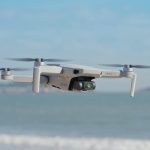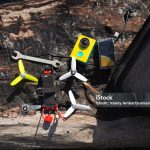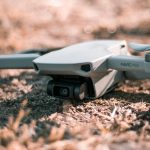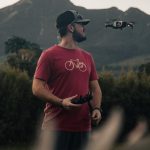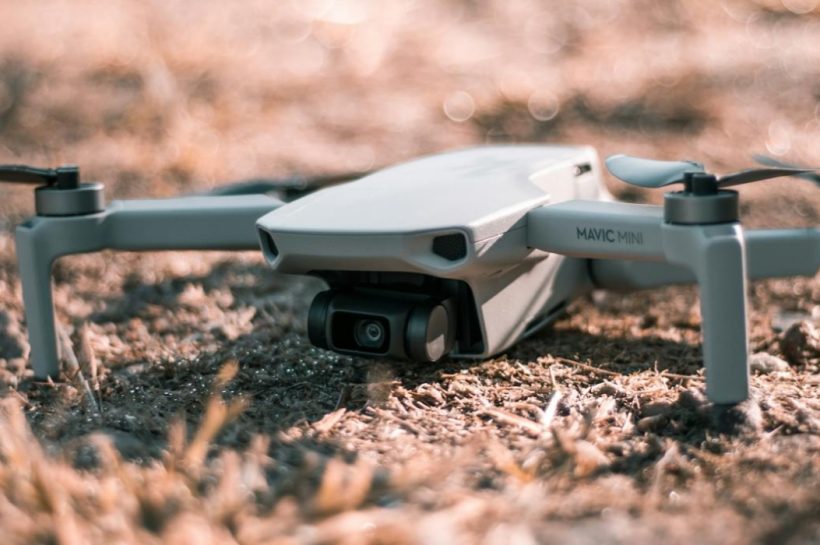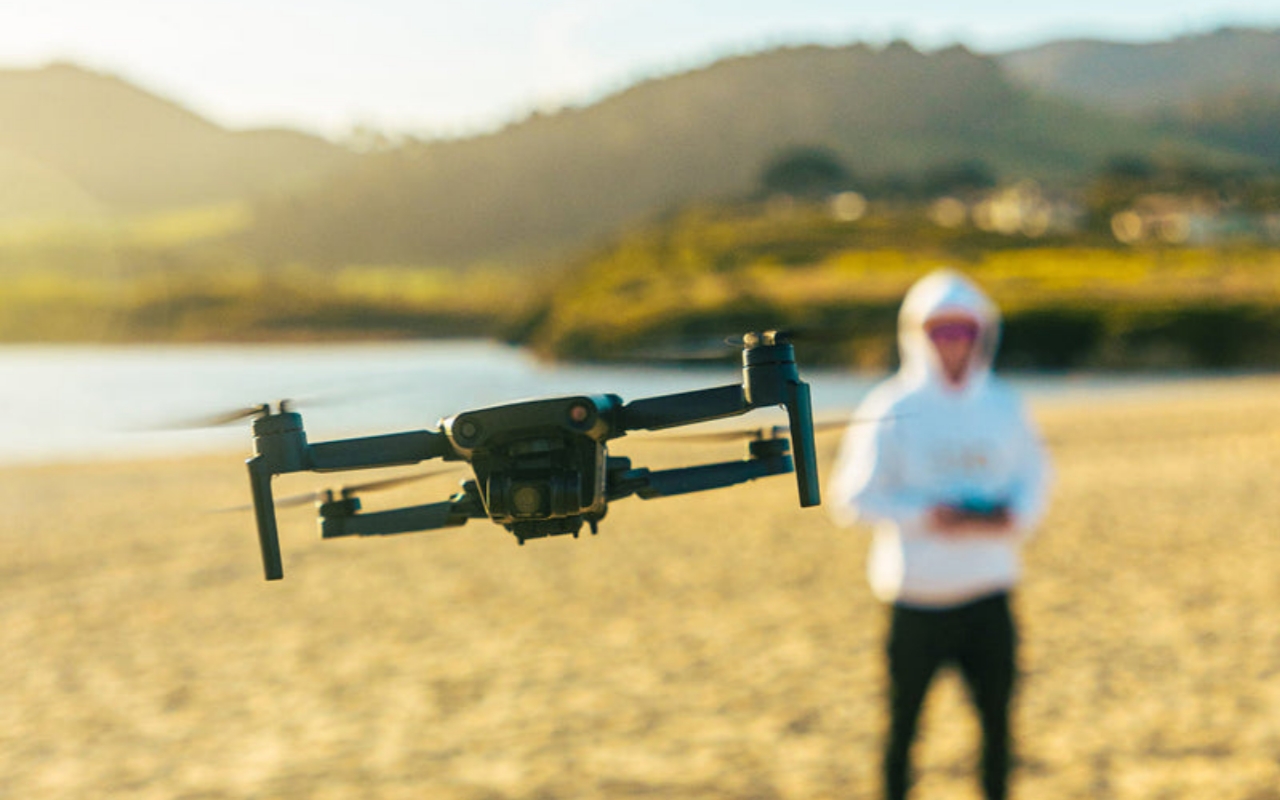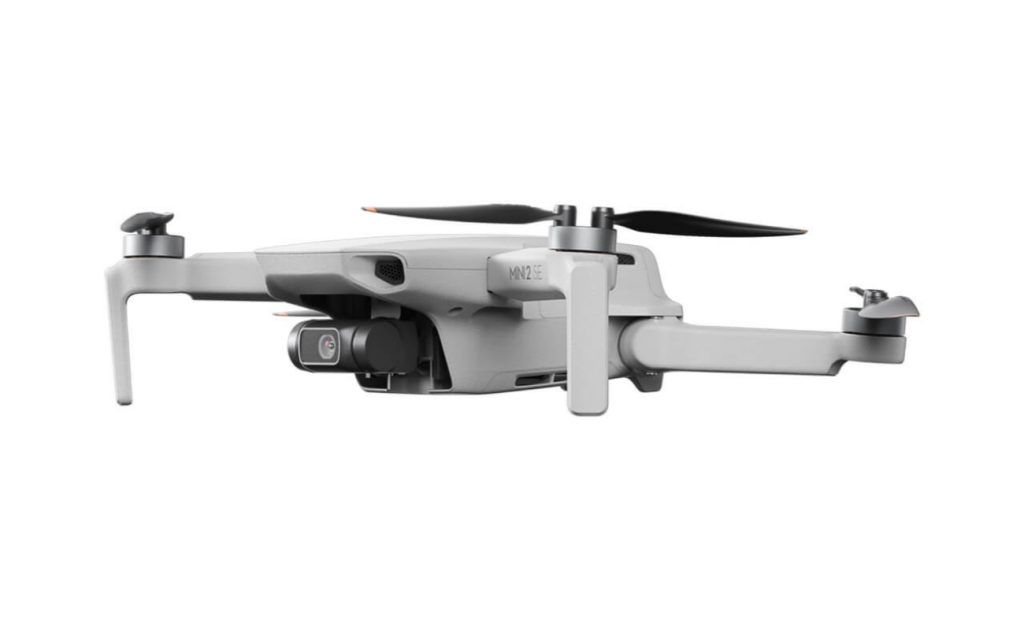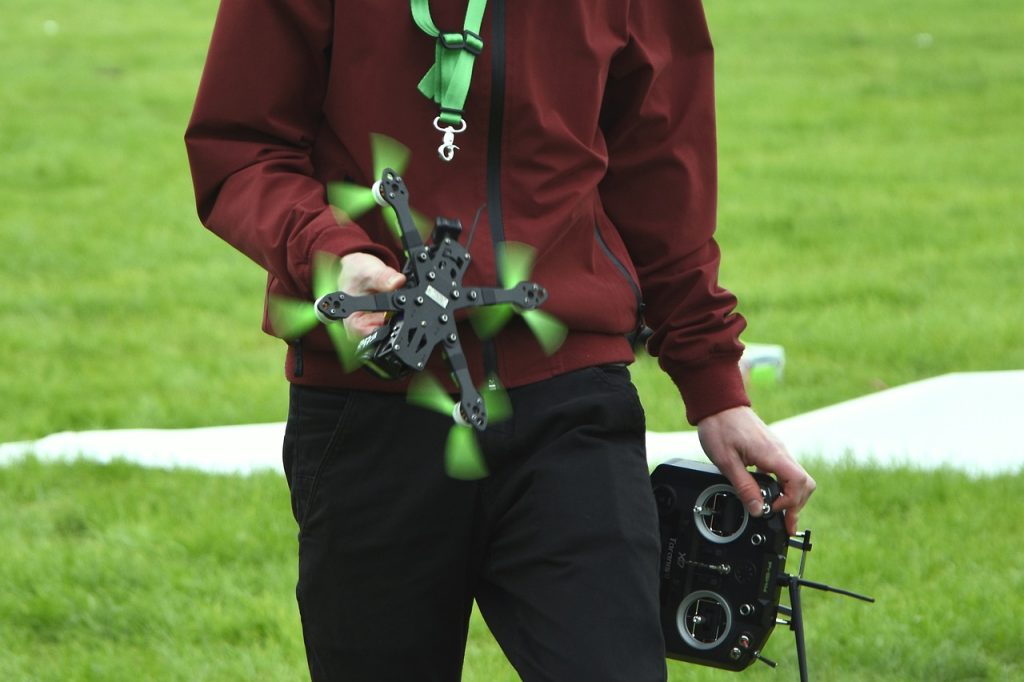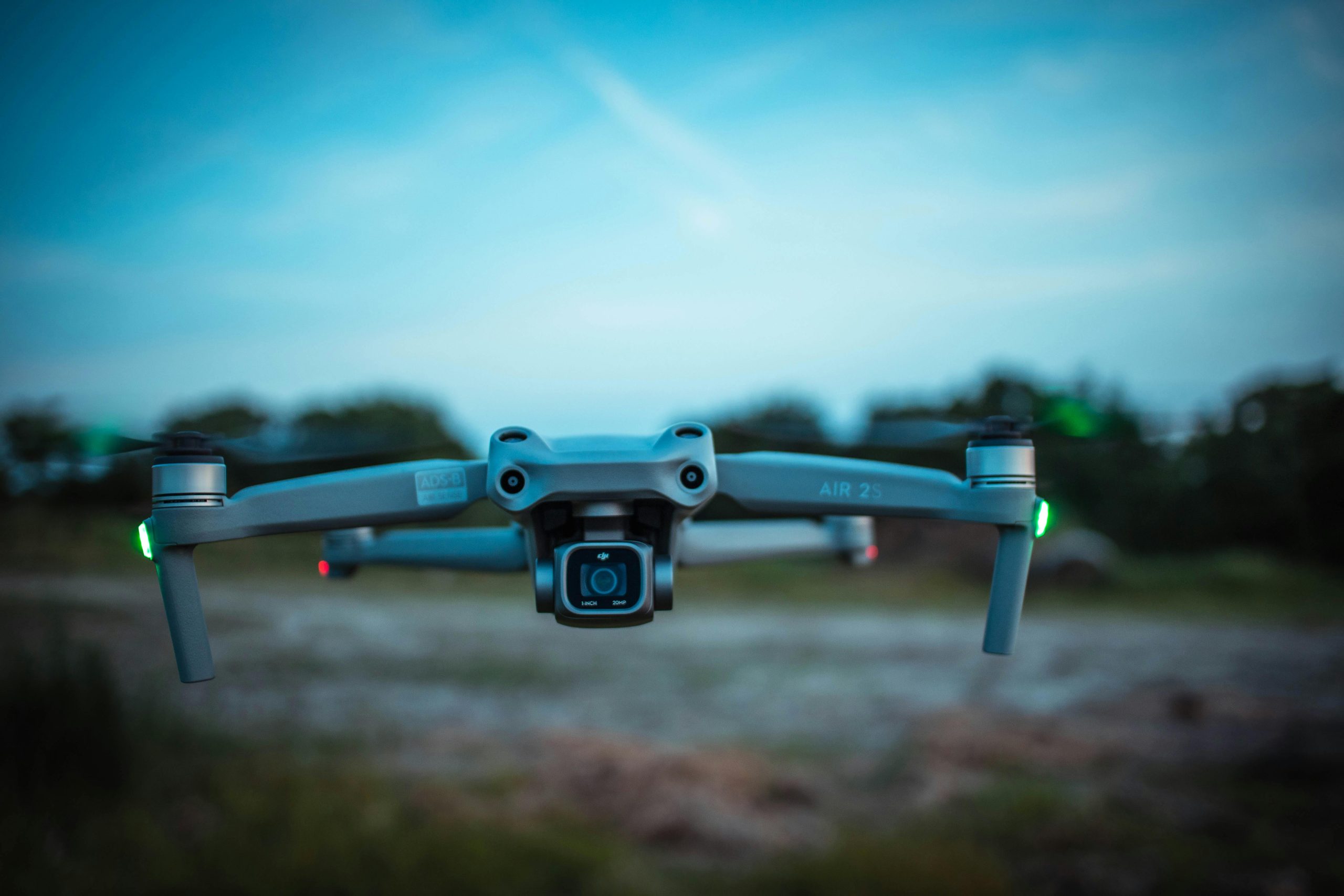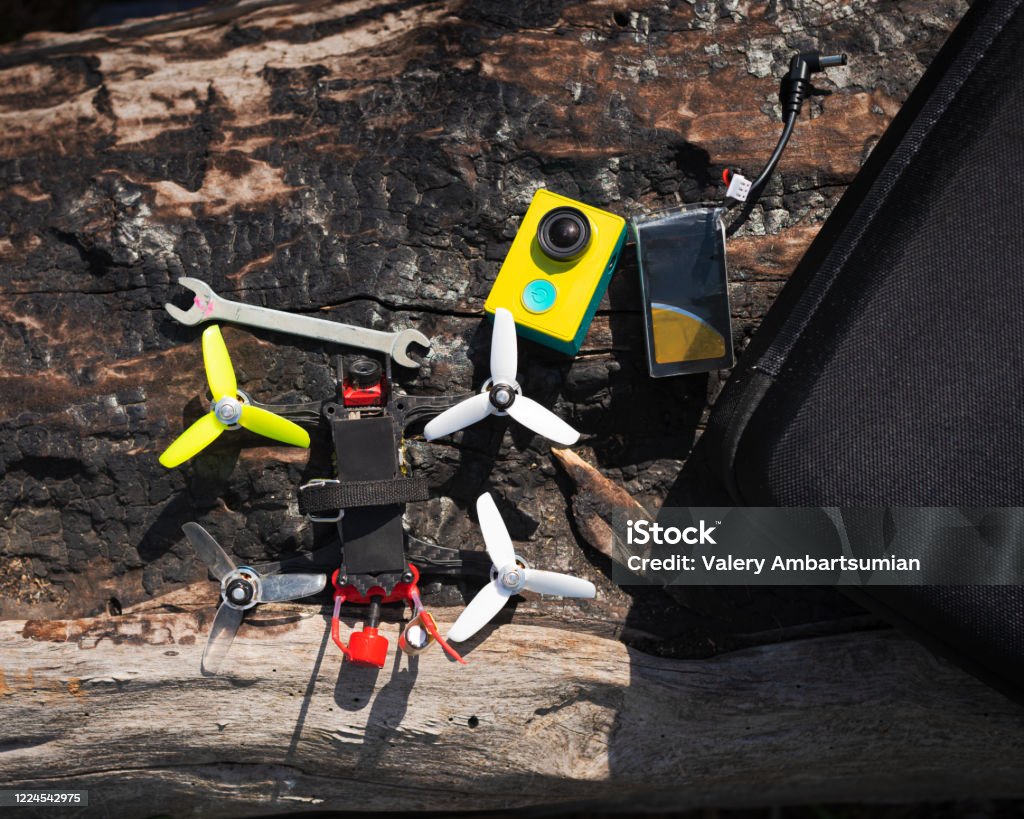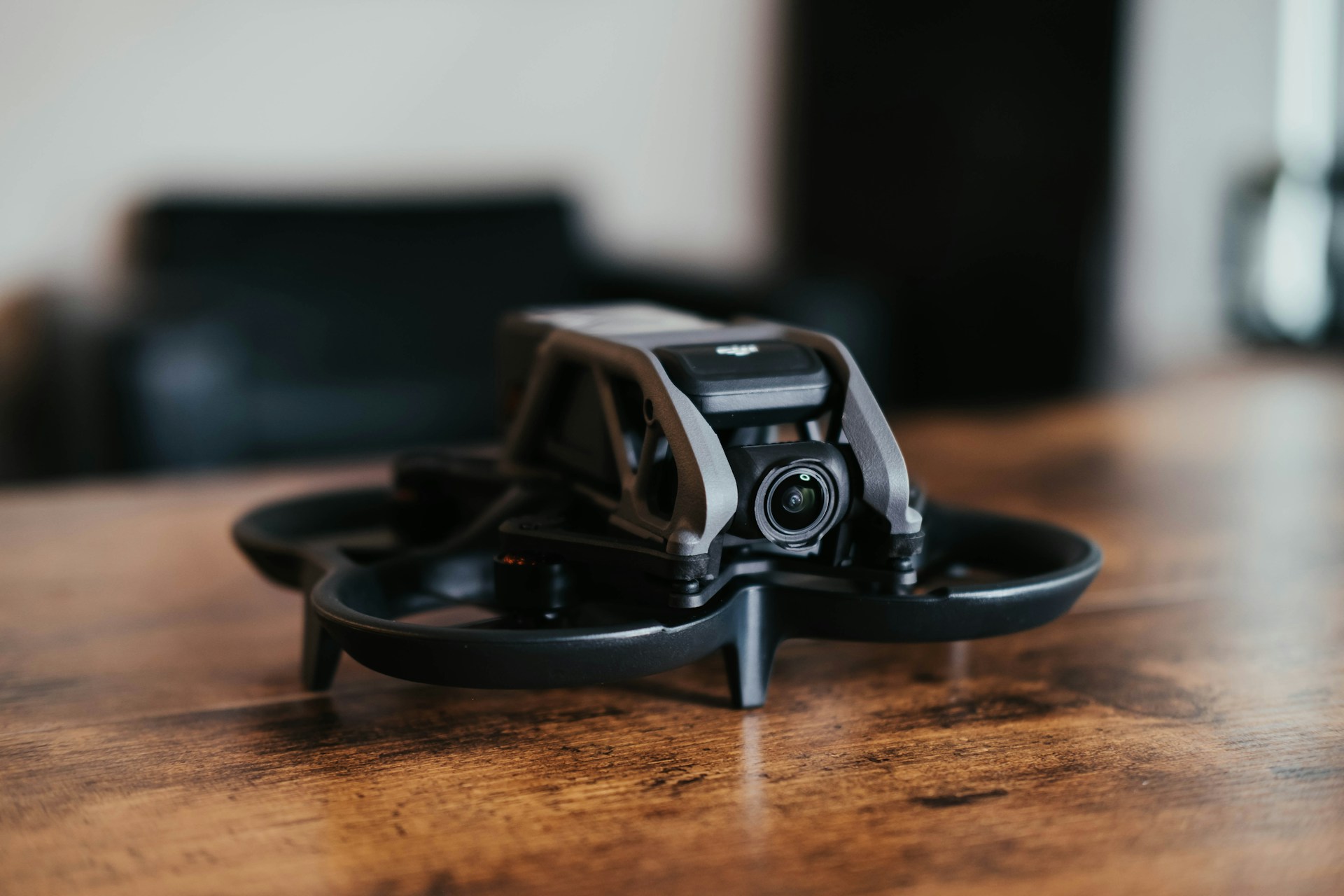Drones have become a popular tool for capturing stunning aerial footage in recent years. Not only do they offer a unique perspective, but they also provide access to areas that would otherwise be difficult or impossible to reach. The use of drones has revolutionized the world of photography and videography, allowing us to capture breathtaking shots that were previously out of reach. From capturing beautiful landscapes to filming action-packed sports events, drones have become an essential tool for photographers and videographers alike. In this blog post, we will explore the evolution of photography and videography through drones and how they have changed the way we capture and share our experiences with the world.
The rise of drones in photography and videography
Drones have revolutionized the fields of photography and videography, offering a whole new perspective that was once only possible with expensive equipment and helicopters. These unmanned aerial vehicles have soared in popularity, providing photographers and videographers with the ability to capture stunning aerial shots and dynamic footage from unique angles.
The rise of drones has opened up a world of creative possibilities, allowing professionals and enthusiasts alike to explore new heights and push the boundaries of visual storytelling. From sweeping panoramic views of landscapes to intimate close-up shots, drones have transformed the way we capture and share moments.
In this blog post, we will delve into the evolution of photography and videography through drones, exploring how these innovative devices have reshaped the way we see and experience the world around us. Get ready to soar high and witness the fascinating journey of drones in the realm of visual arts.
Early history of drones in photography and videography
Drones have revolutionized the fields of photography and videography, offering a new perspective and unlocking creative possibilities that were previously unimaginable. The early history of drones in these industries is a fascinating journey that showcases the rapid evolution of technology and its impact on visual storytelling.
In the early days, drones were primarily used for military and surveillance purposes. However, as technology advanced and drones became more accessible to the general public, photographers and videographers quickly recognized their potential as powerful tools for capturing stunning aerial shots.
The ability to fly a camera high above the ground, capturing sweeping landscapes, dynamic action shots, and unique angles, opened up a whole new world of creative expression. Drones allowed photographers and videographers to break free from traditional constraints and explore new perspectives that were previously out of reach.
As drones became more sophisticated and affordable, they started to make their mark in industries beyond just photography and videography. From real estate and construction to journalism and filmmaking, drones have become indispensable tools for capturing breathtaking visuals and telling compelling stories.
The early history of drones in photography and videography serves as a testament to the innovative spirit of creators and the transformative power of technology. As we continue to push the boundaries of what is possible with drones, the future of visual storytelling is poised to soar to new heights.
Benefits of using drones in capturing images and videos
Drones have revolutionized the fields of photography and videography, offering a plethora of benefits that were once unattainable. One of the key advantages of using drones is the ability to capture stunning aerial shots from unique perspectives that were previously reserved for expensive helicopter or plane rentals. This aerial viewpoint adds a new dimension to visual storytelling, allowing photographers and videographers to capture breathtaking landscapes, cityscapes, and events like never before.
Furthermore, drones provide a cost-effective solution for capturing aerial footage, eliminating the need for expensive equipment and crew. This accessibility has democratized the art of aerial photography and videography, allowing enthusiasts and professionals alike to explore creative possibilities without breaking the bank.
In addition to cost savings, drones offer unparalleled maneuverability and flexibility in capturing images and videos. With their compact size and agile flight capabilities, drones can navigate tight spaces and capture dynamic shots that would be impossible with traditional equipment. This versatility opens up a world of creative possibilities, enabling content creators to experiment with different angles, compositions, and movements to tell captivating visual stories.
Moreover, drones equipped with high-quality cameras and advanced stabilization technology ensure sharp, smooth footage even in challenging conditions. Whether shooting in windy environments or capturing fast-paced action sequences, drones deliver professional-grade results with ease, providing photographers and videographers with the tools they need to elevate their craft to new heights.
Overall, the benefits of using drones in capturing images and videos are vast, offering unparalleled creative opportunities, cost savings, maneuverability, and high-quality results. As technology continues to advance, drones are set to play an increasingly integral role in shaping the future of photography and videography, empowering creators to push boundaries and capture the world from breathtaking new perspectives.
Advancements in drone technology for photography and videography
The advancements in drone technology have revolutionized the fields of photography and videography, opening up new creative possibilities and perspectives for professionals and enthusiasts alike. Drones equipped with high-resolution cameras, stabilizing gimbals, and intelligent flight modes have made capturing stunning aerial shots more accessible than ever before.
One of the most notable advancements is the integration of obstacle avoidance sensors, which enhances the safety and ease of flying drones in various environments. This feature not only protects the equipment from potential collisions but also provides users with peace of mind when navigating complex landscapes or tight spaces.
Furthermore, the development of automated flight modes and intelligent tracking systems has streamlined the process of capturing dynamic shots. Features such as follow-me mode, waypoint navigation, and active track enable drones to autonomously track subjects, allowing photographers and videographers to focus on framing and composition.
In addition, the improvement in battery technology has extended flight times, enabling longer aerial shooting sessions without the need for frequent battery swaps. This advancement is particularly beneficial for professionals working on large-scale projects or capturing events that require continuous coverage.
Overall, the advancements in drone technology have elevated the standards of aerial photography and videography, pushing the boundaries of creativity and storytelling in visual media. As technology continues to evolve, we can expect even more exciting developments in the field, further enhancing the capabilities of drones for capturing breathtaking aerial imagery.
Popular uses of drones in the photography and videography industry
Drones have revolutionized the photography and videography industry, opening up a whole new world of creative possibilities. From stunning aerial shots of landscapes to dynamic action sequences, drones have become an essential tool for capturing breathtaking imagery.
One of the most popular uses of drones in photography and videography is for real estate marketing. Drones allow for captivating aerial shots of properties, giving potential buyers a unique perspective and a better sense of the layout and surroundings. This has proven to be a game-changer in the real estate industry, helping to attract more buyers and sell properties faster.
In the film and television industry, drones have been used to capture epic aerial shots that were previously impossible or costly to achieve. Directors and cinematographers can now easily film chase scenes, action sequences, and establishing shots with precision and creativity, adding a cinematic quality to their productions.
Moreover, drones have also become popular in event coverage, such as weddings, music festivals, and sports events. They offer a dynamic and immersive way to capture the excitement and energy of live events, providing viewers with a unique perspective and enhancing the overall storytelling.
Overall, drones have become indispensable tools for photographers and videographers, offering endless creative possibilities and pushing the boundaries of visual storytelling. The popular uses of drones in the industry continue to grow, inspiring professionals to push their creativity to new heights.
Ethical considerations and regulations for drone usage in photography and videography
As the popularity of drones in photography and videography continues to soar, it is crucial to address the ethical considerations and regulations surrounding their usage. Drones have brought about a revolution in capturing stunning aerial shots and dynamic footage, but their increasing presence raises important ethical dilemmas.
One of the key ethical considerations is privacy. Drones equipped with cameras have the potential to invade personal space and capture images without consent. It is essential for drone operators to respect individuals’ privacy rights and adhere to regulations governing where and how drones can be flown.
Moreover, the safety implications of drone usage cannot be overlooked. Drones flying in restricted airspace or posing risks to people and property can have serious consequences. Adhering to aviation regulations and implementing safety measures is paramount to ensure responsible drone operation.
In addition to ethical considerations, regulations play a crucial role in governing the use of drones for photography and videography. Different countries have varying laws regarding drone operation, including registration requirements, altitude restrictions, and no-fly zones. It is imperative for drone enthusiasts and professionals to stay informed about these regulations and comply with them to avoid legal repercussions.
By prioritizing ethical considerations and adhering to regulations, drone operators can contribute to the responsible and sustainable integration of drones into the photography and videography industry, ensuring that this innovative technology continues to soar while respecting boundaries and ensuring safety for all.
Success stories and examples of stunning drone photography and videography
Drones have revolutionized the world of photography and videography, providing stunning aerial perspectives and pushing the boundaries of creativity. There are countless success stories and breathtaking examples of drone-captured imagery that have captivated audiences worldwide.
One such success story is the mesmerizing footage captured by drone pilot and photographer, Johnny FPV. His seamless blend of precision flying and cinematic storytelling has garnered millions of views, showcasing the exhilarating beauty of landscapes, sports events, and automotive scenes from unique angles that were previously unimaginable.
Another standout example is the work of National Geographic photographer George Steinmetz, who utilizes drones to capture awe-inspiring images of natural wonders and remote landscapes. His bird’s eye view photographs offer a fresh and immersive perspective, highlighting the intricate beauty of our planet from a whole new dimension.
Furthermore, the film industry has also embraced drone technology, with movies like “The Wolf of Wall Street” and “Skyfall” incorporating stunning aerial shots captured by drones to enhance their visual storytelling.
These success stories and examples demonstrate the transformative power of drones in the world of photography and videography, pushing the boundaries of creativity and capturing moments in ways that were previously unattainable.
Tips for beginners looking to incorporate drones into their photography and videography
When venturing into the exciting world of drone photography and videography, beginners may find themselves overwhelmed with the vast possibilities and technical aspects involved. To kickstart your journey on the right note, here are some essential tips to consider:
Start with a beginner-friendly drone: Invest in a user-friendly drone that is easy to operate and suitable for beginners. Opt for a model with features like stability control and beginner flight modes to help you get accustomed to flying and capturing footage.
Master the basics of drone flying: Before diving into complex shots and maneuvers, spend time practicing basic drone flying skills. Learn how to take off and land smoothly, control the altitude and direction of your drone, and navigate different environments confidently.
Understand drone regulations: Familiarize yourself with the regulations and laws governing drone usage in your area. Ensure that you comply with restrictions on flight altitude, no-fly zones, and privacy concerns to avoid legal issues and ensure safety.
Focus on composition and framing: Just like traditional photography and videography, composition plays a crucial role in creating visually appealing shots with drones. Experiment with different angles, perspectives, and framing techniques to capture captivating aerial footage.
Utilize intelligent flight modes: Take advantage of the intelligent flight modes offered by your drone to enhance your photography and videography skills. Features like Point of Interest, Follow Me, and Waypoint navigation can help you capture dynamic shots with precision and creativity.
By incorporating these tips into your drone photography and videography endeavors, you can embark on a rewarding journey filled with stunning aerial imagery and cinematic footage. Remember to practice regularly, explore new creative techniques, and push the boundaries of your skills to unlock the full potential of drones in visual storytelling.
Future trends and possibilities in drone technology for creative professionals
As drone technology continues to evolve at a rapid pace, the future holds exciting trends and possibilities for creative professionals in the fields of photography and videography. One of the key areas of development is the enhancement of drone capabilities, with the integration of advanced features such as obstacle avoidance, improved stabilization, and longer flight times.
In the coming years, we can expect to see drones becoming more compact, lightweight, and user-friendly, making them accessible to a wider range of creative professionals. This will open up new possibilities for capturing unique perspectives and angles that were previously difficult or impossible to achieve.
Furthermore, advancements in camera technology integrated into drones will lead to higher image and video quality, allowing photographers and videographers to create stunning visuals with greater clarity and detail. AI-powered features like object tracking and autonomous flight modes will also streamline the creative process, enabling professionals to focus more on their artistic vision rather than technical aspects.
Moreover, the use of drones in combination with other emerging technologies such as virtual reality (VR) and augmented reality (AR) will create immersive and interactive experiences for viewers, revolutionizing the way visual content is consumed.
Overall, the future of drone technology for creative professionals is bright, promising innovative tools and techniques that will push the boundaries of photography and videography to new heights. Exciting times lie ahead as drones continue to soar high in the realm of visual storytelling.
Conclusion: The limitless potential of drones in shaping the future of visual storytelling
In conclusion, it is evident that drones have revolutionized the fields of photography and videography, offering unparalleled perspectives and creative possibilities. The limitless potential of drones in shaping the future of visual storytelling is truly remarkable.
With their ability to capture breathtaking aerial shots, drones have opened up new horizons for photographers and videographers, allowing them to explore and showcase the world from unique angles. From stunning landscapes to dynamic action shots, drones have enabled creators to push the boundaries of visual storytelling and captivate audiences in ways never seen before.
Furthermore, the advancements in drone technology continue to expand the capabilities of these aerial devices, making them more accessible, user-friendly, and versatile. With features such as obstacle avoidance, intelligent flight modes, and high-quality cameras, drones empower creators to unleash their creativity and capture stunning visuals with ease.
As we look to the future, the possibilities with drones are truly limitless. From cinematic filmmaking to real estate photography, from environmental monitoring to search and rescue operations, drones are set to play a significant role in various industries, shaping the way we tell stories and interact with the world around us.
In essence, drones have transformed the art of visual storytelling, providing a new perspective and elevating the way we capture and share moments. As technology continues to evolve and innovation propels us forward, the future of photography and videography through drones is bound to be filled with endless opportunities and extraordinary creativity.
In this blog post, we delved into the fascinating evolution of photography and videography through the lens of drones. From capturing breathtaking aerial shots to revolutionizing the way we view the world, drones have truly taken these creative fields to new heights. As technology continues to advance, we can only imagine the endless possibilities that lie ahead for drone photography and videography. Let’s keep soaring high and pushing the boundaries of creativity together!
